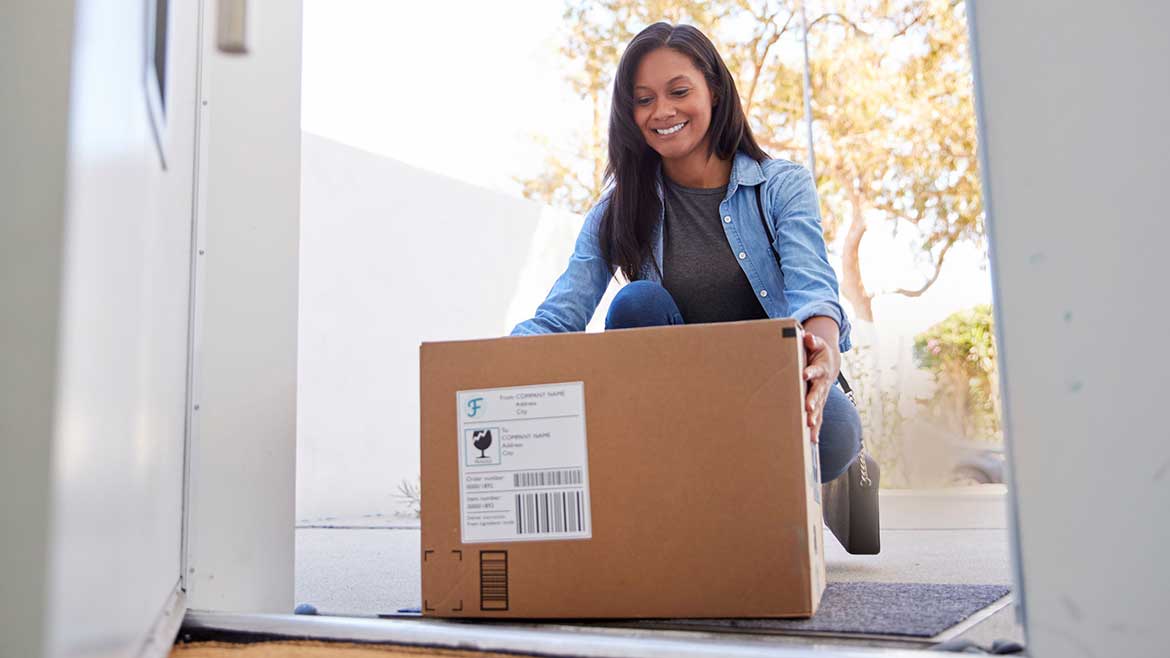When the dust settles, 2021 will be remembered as a pivotal year for e-commerce. Lingering safety concerns had customers turning to e-tail in droves, and with an immense payout to vendors. These changes will likely have staying power for the foreseeable future. Exhibit A: market research firm eMarketer predicts that shoppers will spend $933 billion online in 2021, nearly double the Census Bureau’s 2018 total of $505 billion. Adobe predicts that e-commerce expenditures in the United States could hit $1 trillion in 2022.
Meal subscription services comprise a considerable chunk of this trend. According to Grandview Research, prepackaged or pre-prepared meal deliveries are expected to reach $12.73 billion in 2021, then grow by 13% yearly through 2028. While sheltering at home, consumers developed a taste for meal subscriptions and prepackaged food, including pet food, and it’s not going away any time soon.
But there’s a dark side to the e-commerce craze, too. Supply chain snarls are creating havoc for anyone who stores, moves, ships, or buys inventory (hint: that’s all of us).
By now, port congestion in Los Angeles and Long Beach has grown severe enough to catch the attention of mainstream news. It’s been particularly pronounced along the popular East Asia-West Coast shipping lane, but traffic eventually spilled into ports across the United States. By the end of October, more than 80 ships sat waiting off the California coast.
Moving inland, we encounter more problems. The average age of a trucker is 48. Nearly 60% of drivers are older than 45, and nearly one quarter of them are over 55, according to the American Trucking Association. Although there aren’t official numbers on how many of them chose to retire in 2020, anecdotal evidence from industry insiders suggests it’s pretty high.
Meanwhile, almost overnight, there’s a fresh need for warehouse workers, small parcel couriers, supply chain managers, over-the-road truckers, longshoremen, and a myriad other positions. Filling them at a time when social distancing requirements and other safety protocols are still in place won’t be easy.
A sad irony is that COVID-19 hit at a time when manufacturers had incorporated a lean strategy, involving waste reduction and “just in time” inventory management. While such an approach didn’t cause the problems in the supply chain, it has been ironic to watch shippers desperately attempt to restock after demand forecasts went out the window.
That’s where a third-party logistics, or 3PL provider, can help. For suppliers who aren’t prepared to handle supply chain disruptions in-house, outsourcing these tasks can mean the difference between scaling a business or drowning in orders.
As the name suggests, these vendors manage logistics on a business’s behalf. They are uniquely positioned to work through the issues brought about by the pandemic (or anything else). A 3PL will have a strategy to store, collect and put together orders. They will keep your merchandise in a temperature-controlled warehouse. They might work with a transportation firm to ship orders to customers at a discounted rate. Some even help businesses break into new markets, which is incredibly important in today’s market upheaval.
Most small and medium-sized companies don’t want to manage logistics operations on their own, even during “normal” times. The beauty of a 3PL is that it takes over all of those tasks on the client’s behalf. By utilizing one, a business can focus on growing, without getting bogged down with managing orders. That’s helpful in any year, but especially when a deluge of imports threatens to clog up your supply chain or a worker shortage puts inventory in jeopardy.
At least, that’s what happens when you work with a reputable 3PL. The problem is, not all of them are trustworthy. There are over 20,000 logistics vendors across the United States, each with different strengths and weaknesses. Many don’t have a website. Some won’t take a meeting with you. So how do you make this complex, yet imperative decision?

Finding the right 3PL can feel daunting, but it doesn’t have to be. Here are five questions to help ensure a vendor is the right fit for you:
Does your 3PL have cold chain experience? Shipping cold or frozen items requires a layer of aptitude beyond the usual logistics know-how. Make sure to ask about previous experience with temperature-controlled shipments and avoid being the guinea pig client.
Where are their distribution centers located? This is more involved than the vendor’s state or city. By learning about their warehouse locations, you’re opening up a conversation about how long it will take to transport your wares. The right logistics partner must be able to transport frozen food to your customers’ doorsteps within 1-2 days to avoid spoilage.
Can they grow with you? Flexibility is critical, but it isn’t something that every 3PL is going to provide. Some of the larger players in the market want big clients with a consistent forecast every year. If you’re pivoting into direct-to-consumer, you’ll want a logistics provider who is willing to start small and grow as your business expands.
What is a 3PL’s food safety record? If you want your business to grow, you cannot overlook this. All it takes is one spoiled or contaminated package to get return requests and bad reviews rolling in, plus risking your customers’ health. Make sure a 3PL is in compliance with FDA regulations.
Do they clean up nicely? By this, I mean I want to know how a 3PL handles delayed orders, damaged inventory, and spoiled merchandise. How’s their reverse logistics? How quickly will a vendor return and replace bad orders?
Finding a logistics provider doesn’t have to be overwhelming. By asking these questions up front, shippers can weed out bad matches and ensure a successful partnership.




